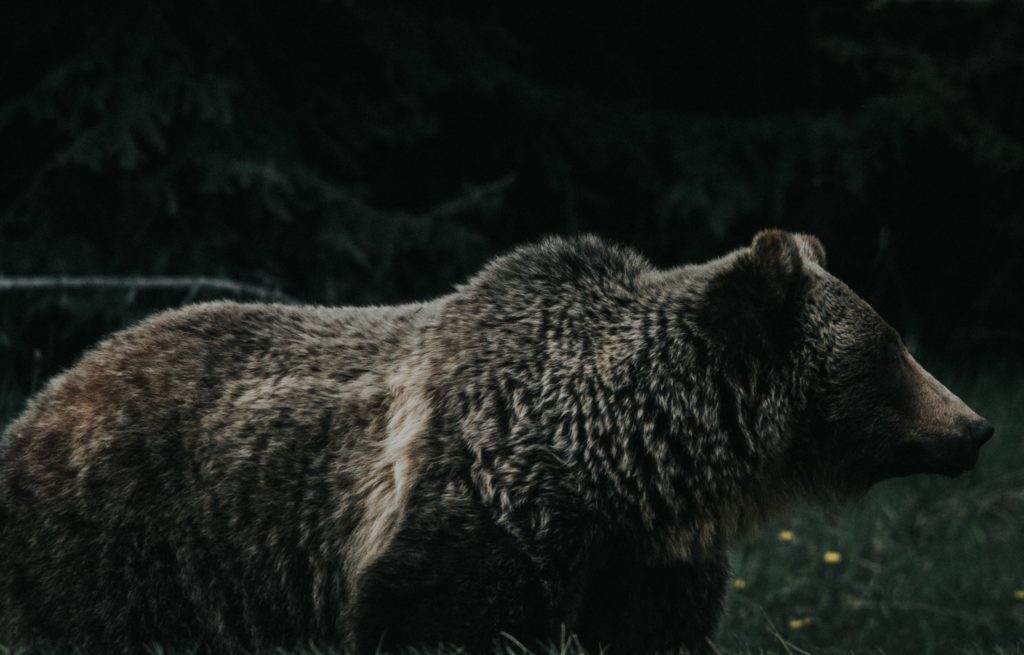The great outdoors offers incredible opportunities for adventure and exploration, but it also comes with certain risks, including the potential for encountering wild animals. While the majority of wildlife encounters are peaceful, it’s essential to be prepared and know how to handle a situation if it turns hostile. In this article, we’ll discuss crucial tips on how to survive a wild animal attack and stay safe while enjoying nature.
Stay Informed
Before embarking on any outdoor adventure, research the local wildlife in the area you plan to visit. Familiarize yourself with the types of animals you might encounter, their behavior, and any recent sightings. Knowing what to expect can help you make informed decisions and be better prepared.
Make Noise
Most wild animals prefer to avoid human contact, so making noise as you move through the outdoors can alert them to your presence. This is especially important in areas with dense vegetation or limited visibility, where surprising an animal could lead to a defensive response.
Travel in Groups
There’s strength in numbers. If possible, hike, camp, or explore with a group of people. Animals are less likely to approach a larger group, as they may perceive it as a threat. Additionally, having others around can provide assistance in case of an emergency.
Carry Bear Spray
In regions with bear populations, carrying bear spray is a wise precaution. Bear spray is a specialized pepper spray designed to deter bears and other wildlife. Familiarize yourself with how to use it properly, and keep it easily accessible, preferably on your belt or backpack.
Keep a Safe Distance
Maintain a safe distance from wild animals. Respect their space and observe from a distance using binoculars or a camera with a zoom lens. Approaching wildlife too closely can provoke defensive behavior and increase the risk of an attack.
Recognize Warning Signs
Animals often display warning signs before attacking. These signs may include vocalizations, body language, or aggressive posturing. Learn to recognize these warning signs and respond appropriately by slowly backing away without turning your back on the animal.
Do Not Run
Running may trigger a chase response in some animals. Instead, stand your ground, speak loudly, and make yourself appear larger by raising your arms. Slowly back away while keeping your eyes on the animal.
Protect Yourself
If an attack seems imminent, use any available tools or objects to protect yourself. This may include a trekking pole, a backpack, or even rocks. Aim to create a barrier between you and the animal while avoiding direct confrontation.
Play Dead (for certain animals)
In the case of a bear attack, playing dead is often the recommended strategy. Lie flat on your stomach, clasp your hands behind your neck, and spread your legs to make it harder for the bear to flip you over. Stay still until you are sure the bear has left the area.
Conclusion
While encounters with wild animals are relatively rare, being prepared and knowing how to respond can make all the difference in ensuring your safety. By following these tips and respecting the natural world around you, you can enjoy the great outdoors with confidence and peace of mind. Remember, the key is to be vigilant, stay informed, and act responsibly to minimize the risks associated with wild animal encounters.

